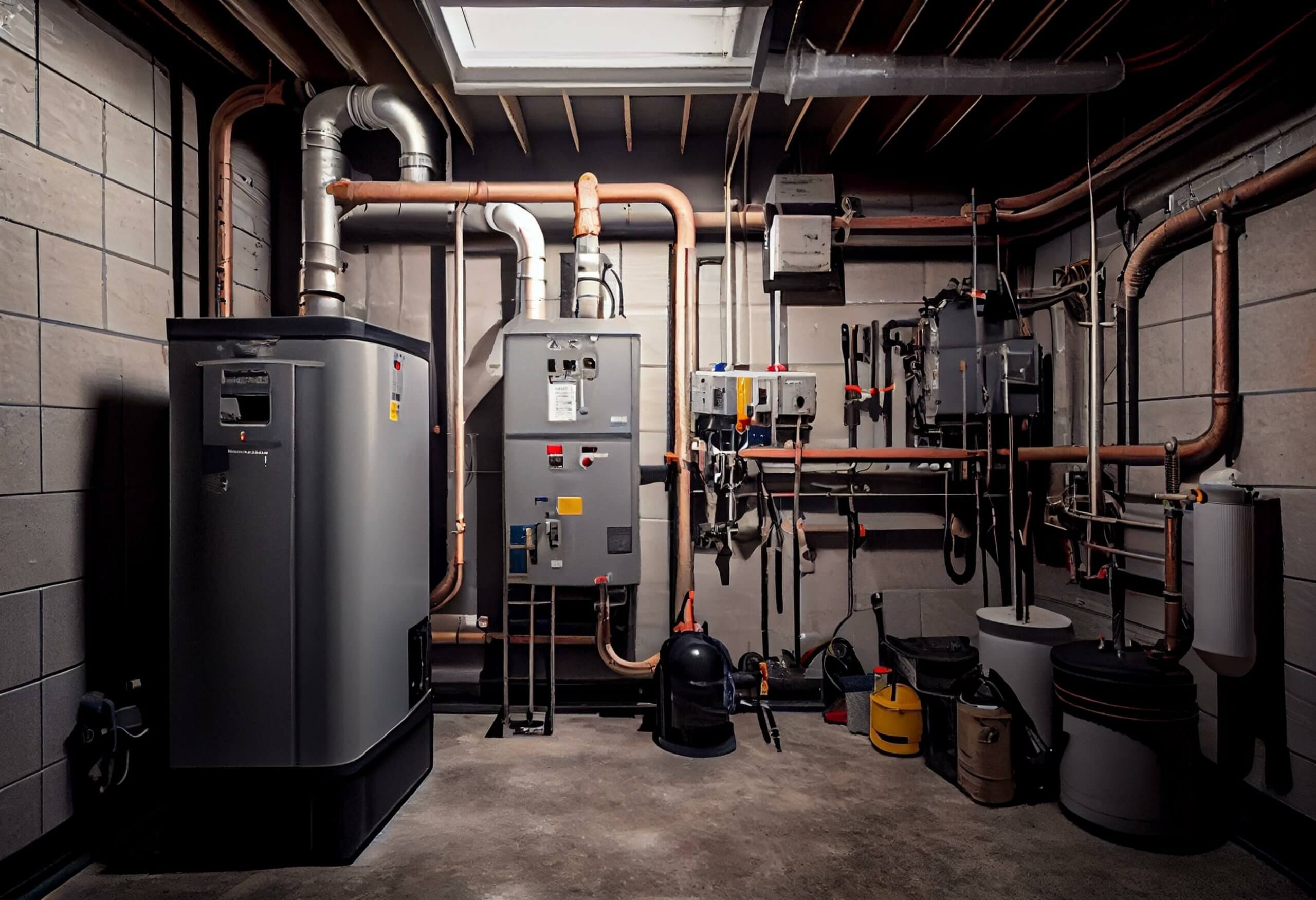
When it comes to ensuring the efficient functioning of your heating system, the location of your furnace plays a crucial role. A well-placed furnace can contribute to optimal heating performance, energy efficiency, and even the overall comfort of your home.
Placing your furnace in an appropriate spot can facilitate better airflow, simplify maintenance and repairs, enhance energy efficiency, and even reduce the noise level generated by the system.
Furthermore, this article will explore the various factors to consider when determining the best location for your furnace. Read on to help you make an informed decision.
Factors To Consider When Placing A Furnace
Several crucial factors should be considered when determining the optimal location for your furnace. These factors will help ensure that your furnace is placed in an ideal location that promotes efficient operation, easy maintenance, and optimal comfort throughout your home.
-
Accessibility For Repairs
Accessibility for repairs is a crucial factor to consider when determining the location of your furnace. Imagine a scenario where your furnace suddenly malfunctions, and you need to call a technician for repairs. Repairing HYPERLINK “https://lghomecomfort.ca/heating-solutions/furnace-repair/” furnace that’s tucked away in a tight or hard-to-reach space could cause challenges to the technician when accessing the unit and conducting the necessary repairs.

On the other hand, if your furnace is situated in a location with ample space around it, such as a dedicated utility room or basement, technicians will have the freedom to maneuver comfortably and efficiently address any issues.
This saves you time and hassle and ensures that repairs are carried out properly, promoting your heating system’s longevity and reliable performance.
-
Airflow And Ductwork Configuration
Another vital factor to remember is your home’s airflow and ductwork configuration. Efficient airflow ensures that heated air is distributed evenly throughout your living spaces, maximizing comfort.
Ideally, the furnace should be placed in a central location, ensuring an equal distribution of warm air to all areas of the house. The location should also allow for a direct connection to the main ductwork, minimizing potential obstructions or restrictions.
-
Combustion And Ventilation
Proper combustion and ventilation are critical for the safe operation of your furnace. The furnace should be placed in an area with adequate ventilation to allow for the appropriate intake of fresh air and the efficient expulsion of combustion byproducts.
This is vital for the safe operation of your furnace. It ensures the furnace gets enough fresh air for combustion and removes harmful byproducts like carbon monoxide.
Placing the furnace near an exterior wall allows for direct venting of these byproducts outside, preventing indoor air pollution. It’s essential to follow building codes and manufacturer guidelines to ensure proper ventilation, which keeps you safe and maintains the warranty and longevity of your furnace.
Ultimately, adequate ventilation ensures a safe and healthy indoor environment by supplying fresh air and expelling combustion byproducts effectively.
-
Noise Considerations
Furnaces can produce noise during operation, and your chosen location can impact the sound level experienced in your home. Placing the furnace away from frequently used living spaces, such as bedrooms or living rooms, can help minimize noise disruption. Consider using noise-reducing measures, such as insulation or soundproofing materials, to mitigate potential noise issues.
-
Local Climate Considerations
The climate of your region plays a crucial role in determining the best location for your furnace. Take into account the specific weather conditions to ensure optimal efficiency and effectiveness of your heating system.
In regions with extremely cold temperatures or harsh winters, it’s recommended to place your furnace near the center of the house. This helps minimize heat loss through the ductwork, ensuring even distribution of warm air throughout your home. By reducing heat loss, you can maximize your furnace’s efficiency, leading to lower energy consumption and decreased heating costs.
For warmer climates or areas with mild winters, you have more flexibility in choosing the furnace’s location. Placing it in a basement or utility room is acceptable without compromising heating efficiency. This keeps the furnace separate from frequently used living spaces, ensuring efficient heating without causing discomfort.
Regardless of the climate, it’s important to prioritize proper insulation and sealing of the ductwork. By insulating the ducts, you can prevent heat loss or gain, allowing the warm air from your furnace to reach its intended destinations efficiently.
Conclusion
Selecting the best location for your furnace is a decision that should not be taken lightly. The factors discussed above will help you determine the best location that can optimize the performance, efficiency, and comfort of your heating system.
It’s ideal to consult professionals to provide valuable guidance and ensure compliance with local codes and regulations. Remember, a well-placed furnace will not only keep you warm but also contribute to the long-term functionality and reliability of your heating system.
Mia Thompson
Related posts
Stay connected
Today's pick
- Safety Essentials Every CNC Operator Should Follow DailyCNC machining demands precision, consistency, and discipline—but above all, it requires strict attention to safety. Whether you’re working with mills, lathes, routers, or grinders, every machine has the potential to cause serious injury if mishandled. That’s why CNC operators must follow safety protocols daily, no... The post Safety Essentials Every CNC Operator Should Follow Daily […]

